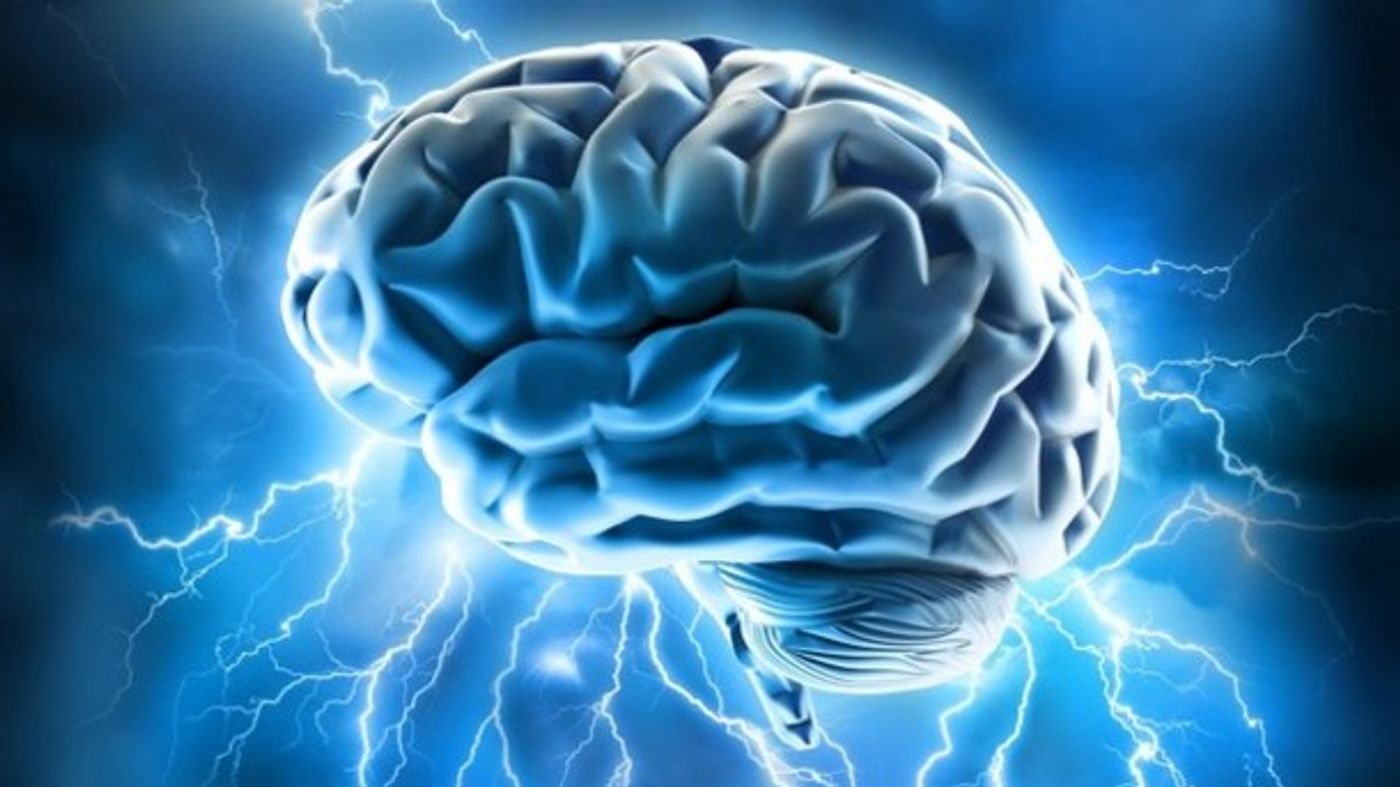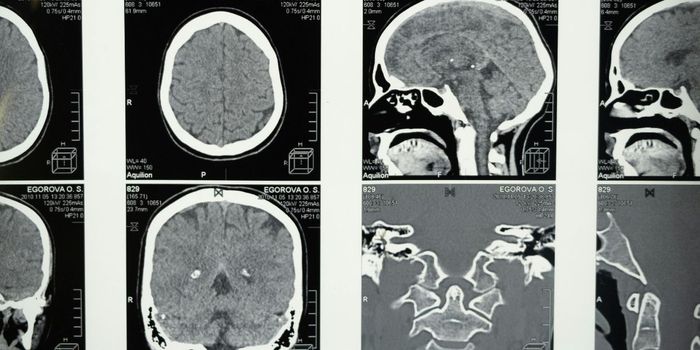Many people have trouble falling asleep or staying asleep. For some a glass of warm milk does the trick, or reading a chapter or two in a book. While some studies suggest that the light from computer screens or other tech gadgets can keep you from getting a restful night’s sleep, there are videos posted online that are specifically aimed at inducting sleep. They are known as Autonomous Sensory Meridian Response, or ASMR videos. The subject matter of the videos varies, some are just certain sounds, like tapping or the pages of a book being turned, but others involve a person whispering. Fans of the videos say the sounds in the videos induce a tingling sensation on the scalp and induce a state of relaxation. But there’s been no real science to back up how this works or if the sensation is physiological or triggered simply by emotions instead of brain activity.

Nick Davis, a psychology lecturer at Swansea University, and grad student Emma Barratt have published a paper on the phenomenon. They collected data from close to 500 people who had experienced the tingly response. Their questions were about what triggered the response, what it felt like and how often they used ASMR videos for relaxation and sleep.
The results of this first study on ASM were published in the journal PeerJ. “Autonomous Sensory Meridien Response (ASMR) A flow-like mental state.”
The term for this response was coined in 2010 by Jennifer Allen, an IT professional who started a Facebook page devoted to the response, which had been known by a variety of names like “brain orgasm” “head tingles” and “attention-induced euphoria.” The term stuck, and there are approximately 2.4 million videos on
YouTube that show everything from crinkling paper to whispering to folding laundry, all trying to invoke the response in viewers.
There hasn’t been any research on ASMR because the response varies from person to person as far as what causes it. For one person it might be caused when there is a sound like fingernails tapping on a hard service, for another it might be the strokes of a hairbrush. The researchers at Swansea University did not however that almost
75% of their study participants listed whispering as the number one trigger for an ASMR.
The paper also detailed why most people who have the response of a tingling sensation beginning on the scalp, traveling down the spine and shouders, seek out the videos. It’s a tool to relieve stress and anxiety and also to induce sleep and overcome insomnia. The study results also showed that while many videos on YouTube that are described as ASMR videos include very attractive people whispering or looking intensely into the camera, it wasn’t about sexual stimulation.
Only five percent of those surveyed by Davis and Barratt said the videos produced a sexual attraction or response.
Check out the video below to see more on this study and how our brains perceive certain sounds or stimuli.









